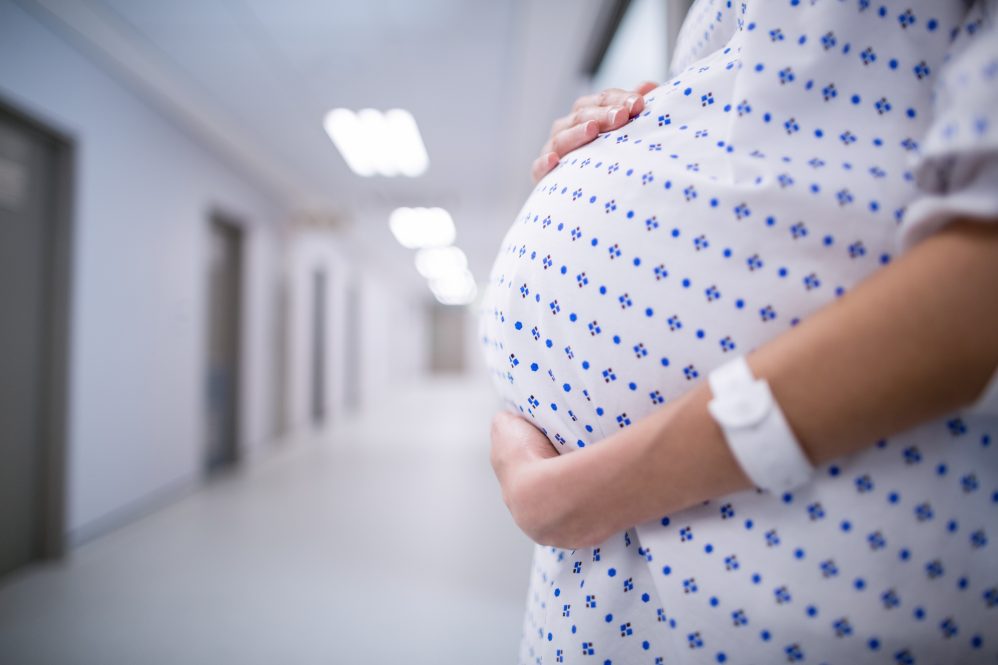Researchers in School of Dental Medicine and School of Medicine received major R01 funding from the Eunice Shriver National Institute of Child Health and Human Development (NICHD) to address the mechanisms driving placenta accreta spectrum (PAS), a devastating disease emerging in women with prior cesarean surgeries in subsequent pregnancies.
Dr. Kshitiz, associate professor in the Department of Biomedical Engineering, a shared department in the Schools of Dental Medicine and Medicine and the College of Engineering, will be using the $2.5 million grant to understand how previous scars from cesarean surgery can pave the way for aggressive invasion of the placenta into the mother’s uterus, and sometimes beyond. Kshitiz will be working alongside Dr. Molly Brewer, chair and professor in the Department of Obstetrics and Gynecology at the UConn School of Medicine.
“Maternal fetal interface is a unique part of our physiology, where tissues from two different individuals, the mother and the fetus, interact intimately. This has necessitated a fine balance of mechanisms, which can easily go haywire,” says Kshitiz.
Kshitiz supervises the Evolutionary Medicine Laboratory at UConn Health, investigating the unique evolutionary history of maternal fetal interface, harnessing the knowledge to develop therapies for human diseases, including cancer.
“Endometrium, unlike other sex-related organs in women, has received much less attention. This funding will help us to fill the knowledge gap,” Kshitiz adds.
“Placenta accreta has rapidly increased in frequency, and makes what is a routine procedure of birthing into very complex surgery, sometimes fatal for women. We usually have to remove the whole uterus at the time of child birth to prevent hemorrhage which cannot be controlled with usual methods,” says Brewer.
PAS used to be a rare disease, but has now increased very rapidly in recent decades—occurring in nearly 1 in 500 women. Very little is known about why previous cesarean surgery, in particular, results in accreta.
“The current hypothesis is that the scar left by the previous cesarean surgery is akin to an empty road, which the placental cells can use to deeply invade,” says Kshitiz, who largely disagrees with the current hypothesis. “If there is an empty area without cells, as the scar looks like under a microscope, why doesn’t the mother’s own cells populate it first? In fact, the scar is highly collagenous, and is not penetrable to either placental, or maternal cells”
With this new funding, Kshitiz will test a new hypothesis using the funding, suggesting that the scar changes the environment for endometrial cells, transforming into an inflammatory state and attract placental cells towards the scar. Kshitiz is hopeful that the funding will open new avenues to identify molecules responsible for placenta accreta, as well as answer many questions related to other invasive pathologies in the endometrium.
The grant number for this funding is 1R01CA248161-01.



